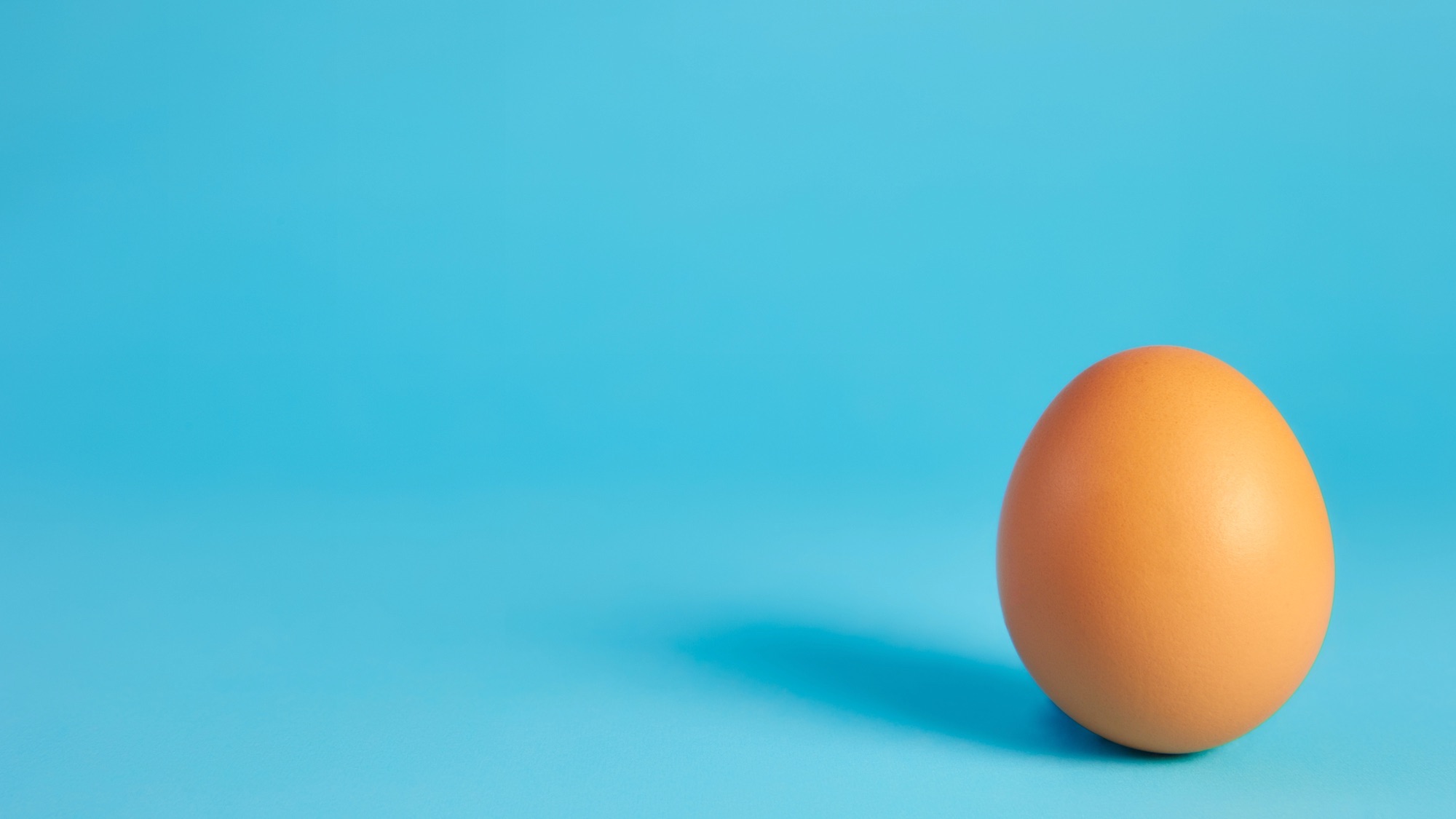
WWW.POPSCI.COM
How to make an egg bounce
You can make a rubber egg at home with kitchen staples. Image: DepositImages
Get the Popular Science daily newsletter💡
This year might not be the best time to conduct an egg experiment, thanks to the skyrocketing cost of the breakfast staple. However, if you are willing to part with one of these precious, protein-packed gems, you could have a simple science experiment almost guaranteed to wow guests at a Passover seder, Easter brunch, or any other springtime gathering.
What you’ll need to make a rubber egg
1 raw egg
1 cup, mug, or jar. A clear vessel will allow you to fully watch the egg, but is not necessary
White or cider vinegar
1 bowl
1 large plate
The materials you will need to create a rubber egg. CREDIT: Popular Science.
Steps
Gently place the egg into the cup. Fill it with enough vinegar so that the entire egg is submerged.
Make sure there is enough vinegar to cover the egg. CREDIT: Popular Science.
Keep the egg inside the vinegar for about two to three days. Gingerly touch it from time-to-time and watch as its outer shell melts away.
The onion-skin looking material is the egg’s shell breaking down. CREDIT: Popular Science.
After a two to three days, remove the egg and it will bounce like rubber. Try bouncing it in a shallow bowl or a large plate. NOTE: It is still breakable, so be careful.
After two days in white vinegar, this egg is ready to bounce.
For maximum fun, go ahead and break the egg into a bowl. You can also open it in a sink, but preferably one with a garbage disposal. Be sure to clean up any raw egg that might have landed in the splash zone.
Even a rubber egg will eventually crack under pressure.
The real kitchen science
By the end of this eggsperiment, the vinegar will have absorbed the egg’s shell. The vinegar contains ethanoic acid–also called acetic acid. When it comes in contact with the eggshell, the acetic acid reacts with the calcium carbonate in the shell. Carbon dioxide gas is one of the products of this chemical reaction, and you can see it in the bubbles forming around the eggshell almost immediately after placing it in the vinegar.
The carbon dioxide bubbles around the egg shortly after being placed in vinegar. CREDIT: Popular Science.
If the egg sits in the vinegar, the chemical reaction dissolves the hard shell and end result is a membrane with a raw egg yolk inside. Despite being thin, the membrane is surprisingly strong and is why the egg can get bouncy. The membrane is considered semipermeable which means that water can pass through it, yet substances that are dissolved in the water cannot.
We do not advise leaving rubber eggs out for the Easter bunny to hide. That might get really smelly very quickly.
0 Compartilhamentos
62 Visualizações


